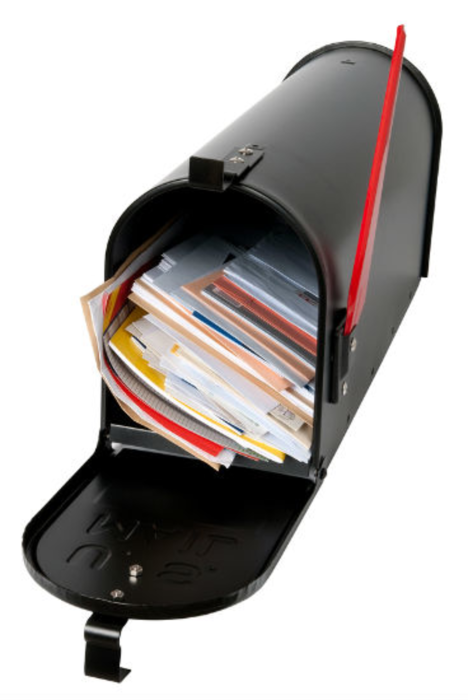I recently had a meeting with a VP of a top PR firm in New York to see how I might tap its eminent list of clients for intelligence in future stories. When I mentioned that postal-themed stories were very popular among readers of Direct Marketing News, she pursed her lips in puzzlement and said, “Really?” I explained that, indeed, though marketers take advantage of all the magic that digital methods provide them, direct mail remains an important weapon in many campaigns. The puzzled look remained fixed on her face.
“Don’t you get direct mail from Macy’s or some other favorite retailer as well as emails from them?” I asked her. “Don’t you get catalogs?”
“Yeah, I guess I do,” she said.
“And are any of those catalogs still lying somewhere around your apartment for further reference?”
“Yeah, they are.”
“And the emails? Do you regularly consult them?”
“I guess not.”
If direct mail has become an invisible marketing channel among marketing insiders, what about outsiders like, say, the members of the House of Representatives who will soon sit in judgment over whether remote sellers like catalogers will be compelled to pay state sales taxes in all the states and municipalities where their customers live? A few weeks ago, when the National Retail Federation (NRF) was in Washington recognizing 136 legislators as “Heroes of Main Street” for supporting the Marketplace Fairness Act that will mandate remote tax collection, Lou Giesler and some other concerned catalogers were knocking on doors on Capitol Hill. I asked Giesler what the average lawmaker figured was mail order’s presence in retail commerce.
“Based on the meetings I had, legislators believe mail order is zero,” Giesler replied. “They assume that companies like mine don’t exist.”
Giesler is the president of AmeriMark Direct, which markets apparel, jewelry, and health and beauty care products both online and via mail order. The mail order portion of AmeriMark’s $400 million in annual sales runs around 35% of total sales.
“We have a lot of customers in remote areas and a lot of older customers who continue to use the mail. Some of them can’t get to retail stores, and many of the products we sell, you can’t find at retail stores,” Giesler says. “They like to order by mail and receive their purchases in the mail, and it’s next to impossible for them to figure out the sales tax and send it to me.”
Proponents of the Marketplace Fairness Act like the NRF and Retail Industry Leaders Association argue that software exists to make the calculation of sales tax for remote sellers both doable and free—since states must bear the cost of collection as set out by the bill. Rory Rawlings, founder and CTO of Avalara, which provides a cloud-based SaaS solution, claims that objections made by remote sellers about keeping up with changing tax regulations of hundreds of states and municipalities are untenable. “We have a huge staff of people whose only job is to keep track of all tax code changes,” he says. “They are uploaded to the cloud and updated immediately in the system. The sellers don’t have to think about it at all. It’s automatic.”
What’s not automatic, and what all the MFA proponents neglect to mention is that mail orders exist neither in cyberspace nor in the clouds. Giesler said he’s heard about Avalara’s solution and that he intends to check it out, but that he doubts it will be either workable or free to the mail order portion of his business. The only solution he sees is for customer to do the calculation themselves—in other words, no solution at all.
“My fear is that Congress will move forward with the Marketplace Fairness Act without taking into consideration all varieties of remote sellers and remote buyers,” Giesler says. “The 35% of my customers who buy via mail will be collateral damage.”








